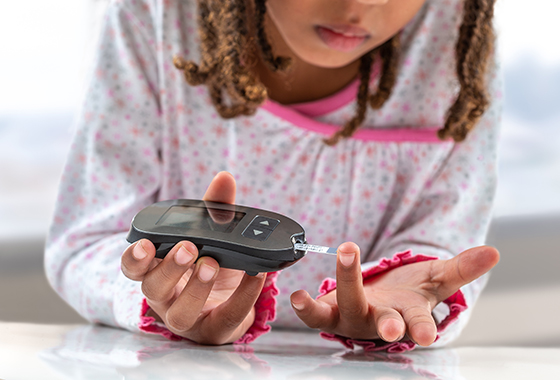In an article in the Journal of Pediatric Nursing, researchers outline their study findings which have determined that this gap has persisted for 15 years. They consider that this inequity among children with T1D may not be simply attributable to socioeconomic status. They also believe it plays a role in the racial disparities in clinical outcomes seen in type 1 diabetes as NHB children have worse glycemic control and higher rates of complications of the disease.
“This study demonstrates a remarkable lack of progress in addressing racial and ethnic disparities in the area of T1D over the past decade. The extent of these disparities must be fully investigated through research with parents of children with diabetes, and with providers, to determine the contributing factors — including the impact of implicit bias and structural racism,” writes Terri H. Lipman, PhD, CRNP, FAAN, the Miriam Stirl Endowed Term Professor of Nutrition, Professor of Nursing of Children and Assistant Dean for Community Engagement at the University of Pennsylvania School of Nursing (Penn Nursing)
The researchers suggest that increasing diversity in the health care workforce or adding community health workers to the team may play an important role in overcoming these barriers to equitable care. “Interventions must be developed to address these disparities so that optimal diabetes care can be provided to children of all racial, ethnic, and socioeconomic backgrounds,” writes Lipman.
The article, “Insulin Pump Use in Children With Type 1 Diabetes: Over a Decade of Disparities” is available online. Coauthors of the article include Steven M. Willi, Charlene W. Lai, Jennifer A. Smith, Oona Patil, and Colin P. Hawkes, all of the Division of Endocrinology and Diabetes, Children’s Hospital of Philadelphia.
###
About the University of Pennsylvania School of Nursing
The University of Pennsylvania School of Nursing is one of the world’s leading schools of nursing. For the fifth year in a row, it is ranked the #1 nursing school in the world by QS University and is consistently ranked highly in the U.S. News & World Report annual list of best graduate schools. Penn Nursing is currently ranked # 1 in funding from the National Institutes of Health, among other schools of nursing, for the third consecutive year. Penn Nursing prepares nurse scientists and nurse leaders to meet the health needs of a global society through innovation in research, education, and practice. Follow Penn Nursing on: Facebook, Twitter, LinkedIn, & Instagram.


